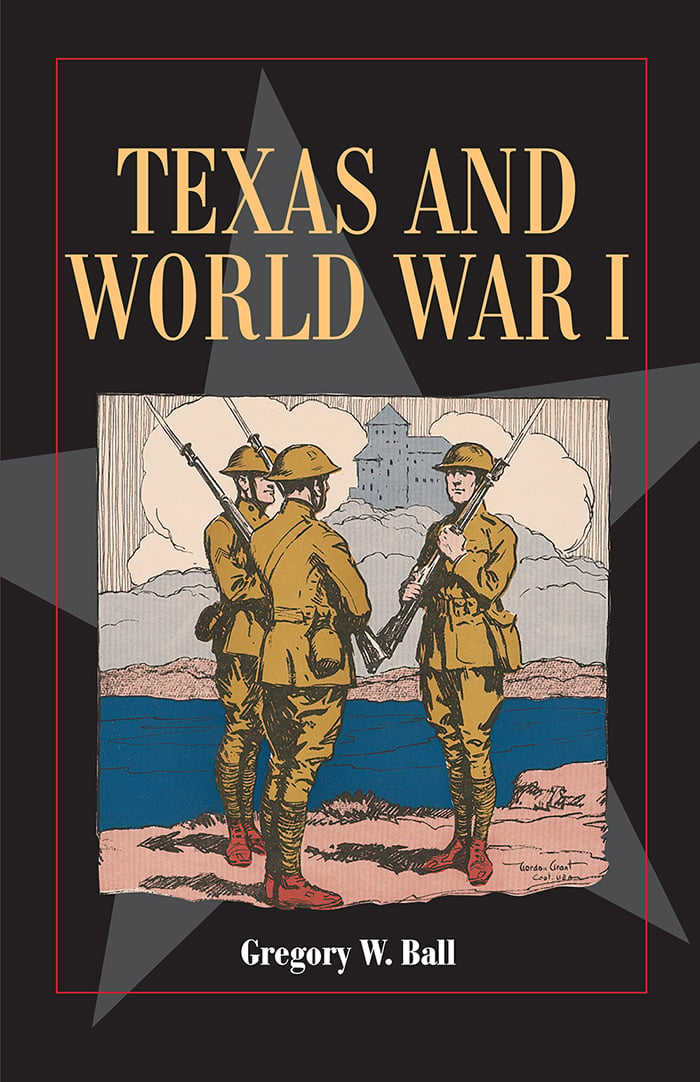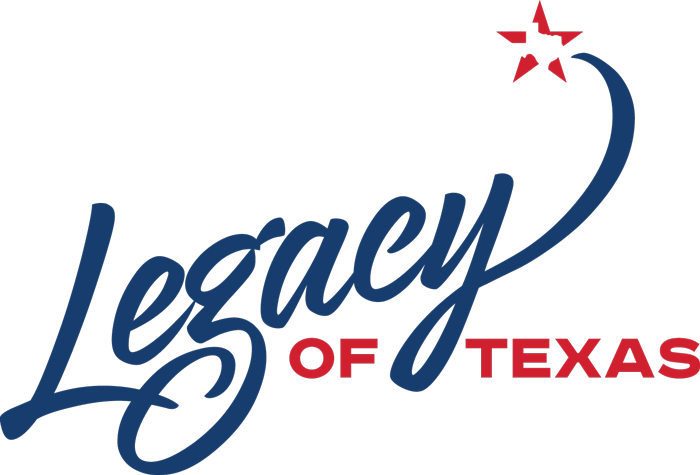Conrad Hilton, hotel executive, the son of Augustus Holver and Mary (Laufersweiler) Hilton, was born in San Antonio, New Mexico, on December 25, 1887. He attended Goss Military Institute in Albuquerque, New Mexico Military Institute at Roswell, and St. Michael's College in Santa Fe. By the age of eighteen he had worked as a clerk, a trader, and a speculator. His first experience in hotels came in 1907, when his father converted part of the family general store into a hotel to meet his financial obligations. Hilton next spent two years at the New Mexico Institute of Mining at Socorro and then became a partner in a mercantile business. In 1912 he was elected to serve a term in the first New Mexico state legislature. In 1913 he opened the New Mexico State Bank, where he was considered too young to serve as chief executive and worked as the manager for a musical trio. He enlisted in 1917 and served as a lieutenant in the Quartermaster Corps of the American Expeditionary Force during World War I.
In 1919, after his discharge, Hilton purchased his first hotel, the Mobley, at Cisco, Texas. It was the beginning of a hotel empire built in three stages: first, by leasing and renovating old hotels; next, by building new hotels on leased land, primarily in Texas; and, third, by buying existing hotels at low prices. Hilton opened a new Texas hotel every year between 1925 and 1930 and by the onset of the Great Depression owned a total of eight. Despite efforts to advertise in national magazines, however, he was close to bankruptcy by 1931. Economic hardship lessened nationwide travel and forced him to close his El Paso hotel in 1933. He recovered, with the help of Shearn and William L. Moody, Jr., of Galveston and a number of other investors, and subsequently merged his hotels with the Moodys' operations to form the National Hotel Company, of which he was one-third owner and general manager. The merger failed, however, and in 1934 Hilton resumed his independent operation with five hotels.
He served as chairman of the Hilton Hotels Corporation, formed on May 29, 1946, and of Hilton International Company, organized in 1948, which became a subsidiary of Trans-World Airlines after 1967. In 1954 he assumed the mortgage and operation of the Shamrock Hotel in Houston and acquired the Statler hotel system. The action resulted in a suit brought by the United States Justice Department alleging violation of the Clayton Antitrust Act. In all, Hilton eventually owned 188 hotels in thirty-eight United States cities, including the Mayflower in Washington, the Palmer House in Chicago, and the Plaza and Waldorf-Astoria in New York, and fifty-four hotels abroad. He later purchased the Carte Blanche Credit Company and an interest in the American Crystal Sugar Company, as well as other enterprises. After 1965 he was chairman of the Hilton-Burns Hotels Company, Incorporated.
Hilton received honorary degrees from the University of Detroit (1953), DePaul University (1954), Barat College of the Sacred Heart (1955), Adelphi College and New Mexico College of Architectural and Mechanical Arts (1957), Sophia University, Tokyo (1963), and the University of Albuquerque (1975). In 1957 he published his autobiography, Be My Guest, and in 1963, Inspirations of an Innkeeper. He also authored a prayer, "America on Its Knees," first published in 1952 and later placed in every Hilton hotel. Hilton was a Catholic who supported numerous causes, including Loretto Academy in El Paso. He received numerous awards from the United States and overseas governments and was a personal friend of Dwight D. Eisenhower.
In 1925 he married Mary Barron, with whom he had three sons. He was divorced in 1934, and in 1942 married actress Zsa Zsa Gabor. After their divorce in 1946, Hilton married a woman named Mary Frances in 1976; the couple had one daughter. Hilton purchased his principal residence, Casa Encantada, in the Bel Air section of Los Angeles, California, in 1950. He died on January 3, 1979, at Santa Monica and was buried at Calvary Hill Cemetery in Dallas. After a succession of thirty-five separate wills, Hilton gave the bulk of his estate, estimated at a half billion dollars, to charity through his Los Angeles-based Conrad N. Hilton Foundation, established for the purpose of promoting world peace, helping children, and supporting Catholic nuns in their work with the poor.
Is history important to you?
We need your support because we are a non-profit that relies upon contributions from our community in order to record and preserve the history of our state. Every dollar helps.
Whitney Bolton, The Silver Spade: The Conrad Hilton Story (New York: Farrar, Strauss, and Young, 1954). Thomas Ewing Dabney, The Man Who Bought the Waldorf: The Life of Conrad N. Hilton (New York: Duell, Sloan, and Pearce, 1950). Joseph Leach, Sun Country Banker: The Life and the Bank of Samuel Doak Young (El Paso: Mangan, 1989). Vertical Files, Dolph Briscoe Center for American History, University of Texas at Austin.
The following, adapted from the Chicago Manual of Style, 15th edition, is the preferred citation for this entry.
Diana J. Kleiner,
“Hilton, Conrad Nicholson,”
Handbook of Texas Online,
accessed March 10, 2024,
https://www.tshaonline.org/handbook/entries/hilton-conrad-nicholson.
Published by the Texas State Historical Association.
TID:
FHI39
-
Original Publication Date:
-
February 1, 1995




